Sigma blade mixers are the most commonly used mixers in the family of double arm mixers. Double arm kneader mixers consists of two mixing blades placed in a 'w' shaped horizontal trough. The rotation of the blades is either tangential to each other or the blades can overlap within the trough. The blades rotate toward each other at same speeds in case of overlapping blades or at differential speeds for tangential blades. The blades typically move near the container walls and each other at close clearances (~ 2 mm), resulting in homogeneous mixing. The small clearances generate very high shearing action resulting in particle size reduction.
The blade profile of the sigma blade is such that the viscous mass of material is pulled, sheared, compressed, kneaded and folded by the action of the blades against the walls of the mixer trough. Tangential blade is used for material of higher viscosities such as adhesives, rubber compounds, flush colors, dyes and pigments. Overlapping blade action is used for materials of lighter viscosities such as carbon pastes, clay coating, creams, and ointments
- Aspirin
- Ceramic Industry
- Detergent Powder
- Abrasives
- Silicone rubber
- Plastics
- Ceramic powders
- Artificial leather
- Asafoetida
- Asphalt derivatives
- Bakelite
- Baking industry
- Pigments
- Paints
- Batter
- Brake lining compounds
- Bulk molding compounds (BMC)
- Butyl rubber
- Pharmaceutical products
- Chemicals
- Confectionery
- Dental mass
- Detergents
- Epoxy putty
- Pencil leads
- Erasers
- Fiberglass resin dough
- Flush colors
- Gaskets
- Grease
- Greasy inks
- Hot-melts
- Lead storage battery
- Magnetic tape coatings









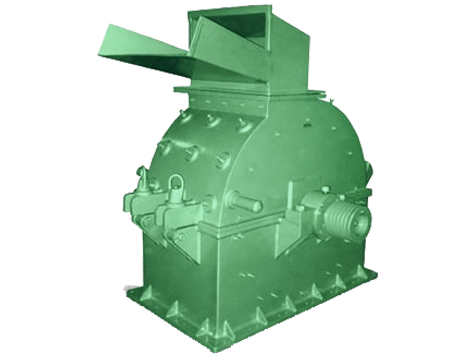
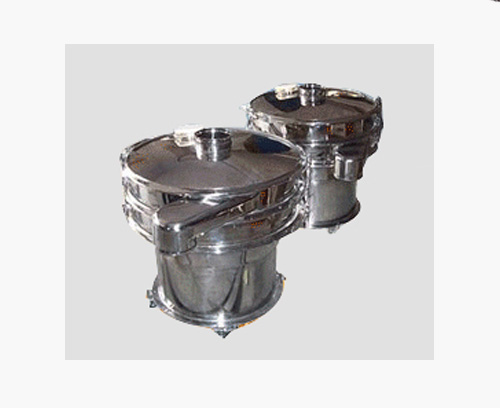
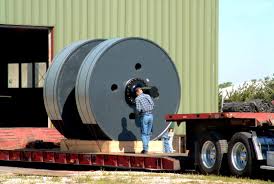
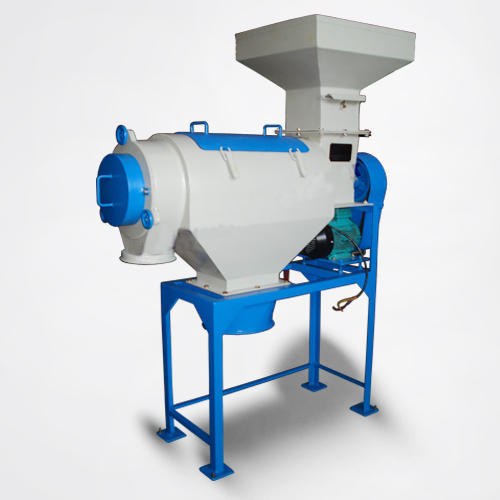
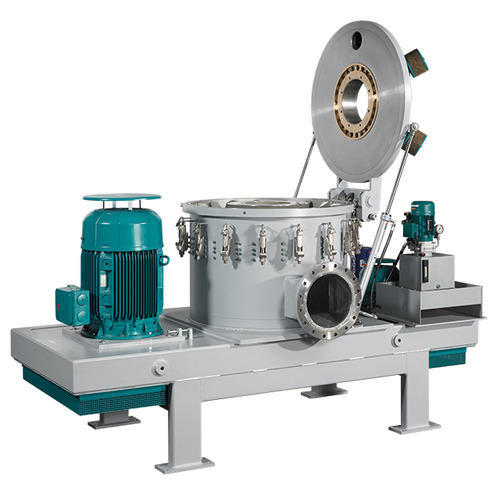
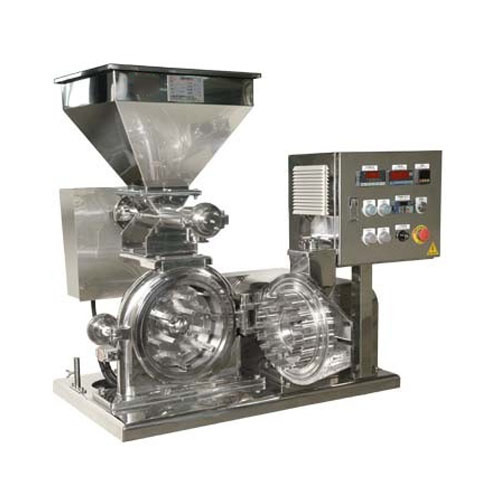
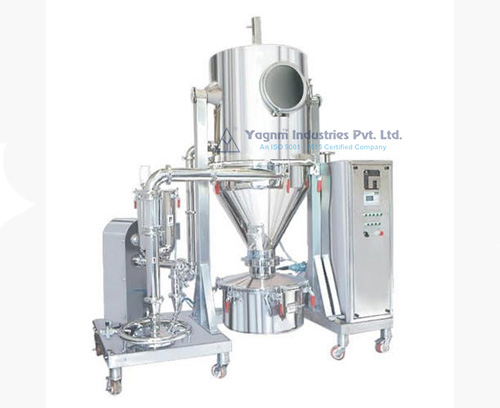
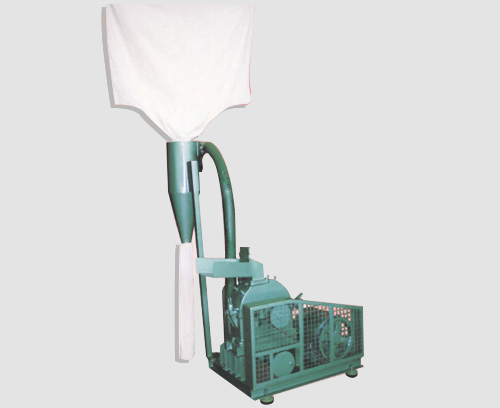
 WhatsApp
WhatsApp